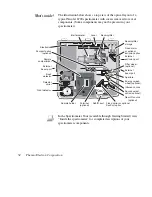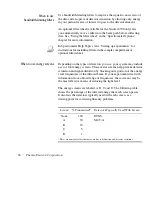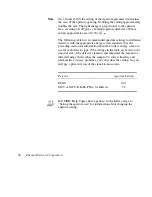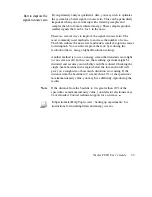
Note
The maximum intensity of a mid-IR single-beam spectrum is
typically found near 2,000 cm
-1
.
S
Note
If the distance from the baseline to 0 is greater than 20% of the
spectrum’s maximum intensity value, your detector electronics may
be overloaded. Contact technical support for assistance.
S
The distorted signal may cause problems with photometric accuracy.
For good quantitative data, the sample and background
interferograms should be about the same size. Scattering samples
and very dense samples produce very small signals that, when
compared with much larger background signals, can distort
quantitative data.
Check the background and sample interferograms. If you see a
substantial difference in their sizes, photometric accuracy could be a
problem.
To solve these problems, you can use the following options to
modify the infrared beam:
•
Use a bandwidth-limiting filter.
•
Use an energy screen.
•
Adjust the aperture (on a Nicolet 6700).
In Spectrometer Help Topics view “Setting up experiments” for
instructions for using filters and energy screens.
In some cases, system performance improves if you use a filter or
screen. The filter or screen that you should use for your application
depends on the samples being measured and other experimental
conditions. Try using various filters or screens to determine which
give the best results.
Nicolet FT-IR User’s Guide 65






























